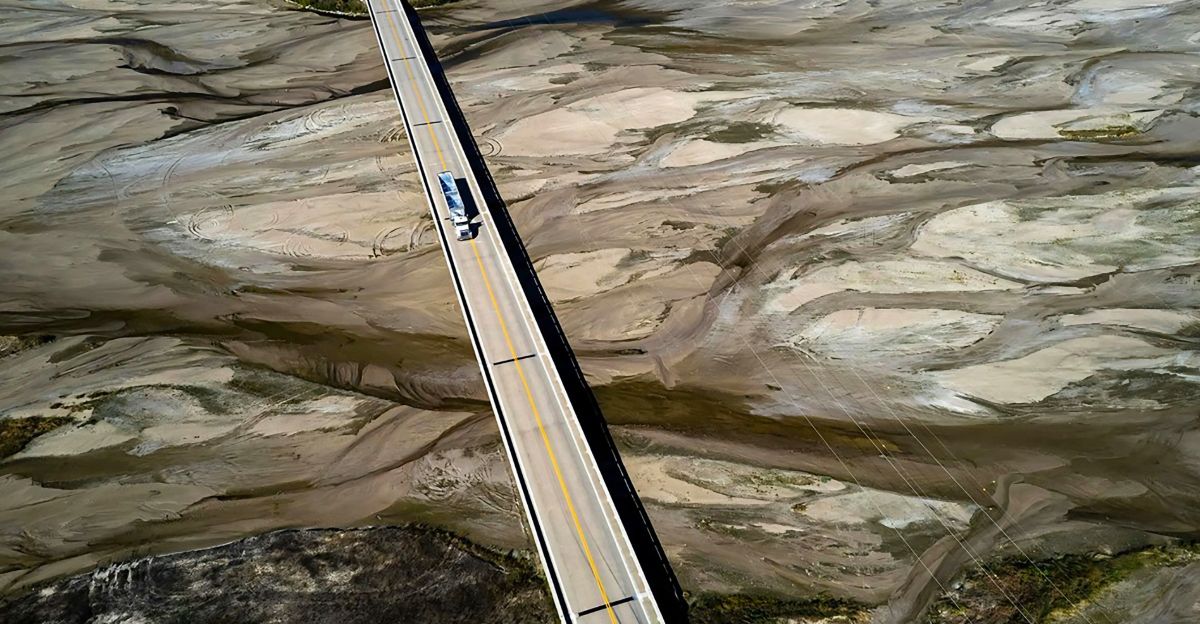
The Mississippi River, long shrouded in myth and majesty, is now revealing its deepest secrets. As a historic drought grips the region, causing water levels to plummet and reveal long stretches of riverbed unseen for generations. In the very spot where hulking steamboats and barges once sallied forth, cracked earth and forgotten relics lie.
The drought’s impact isn’t just ecological—it’s historical, offering a rare glimpse into the layers of American life that have been submerged beneath the waves. This dramatic transformation challenges our perception of the river, leaving us wondering what we may find next as it recedes further.
The Ghostly Remains of River Trade
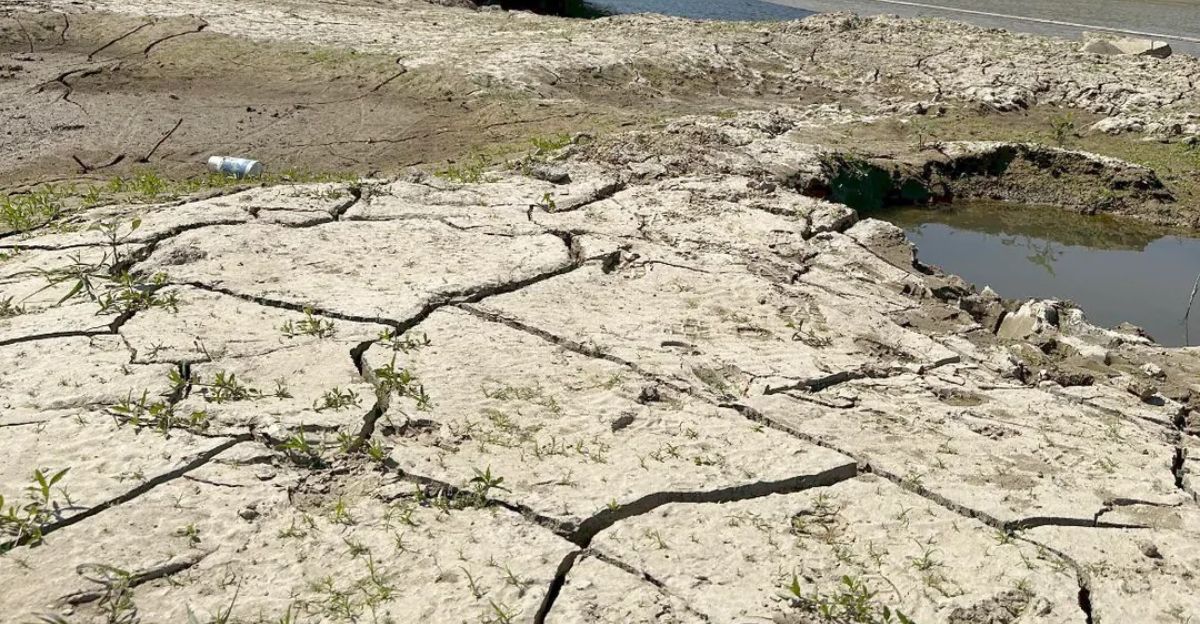
Among the first surprises revealed by the drought are the old skeletal remains of old docks, piers, and barges. These structures, once buzzing with activity, are now eerie monuments to a bygone era.
The river’s role in American commerce is well documented, but seeing these relics firsthand brings history to life in a visceral way. Rusted metal, rotting wood, and the occasional intact vessel tell stories about trade, industry, and the relentless passage of time.
For historians and locals, the revelations serve as a poignant reminder of the river’s enduring significance and the tenuous nature of human enterprise.
Forgotten Shipwrecks and Sunken Mysteries
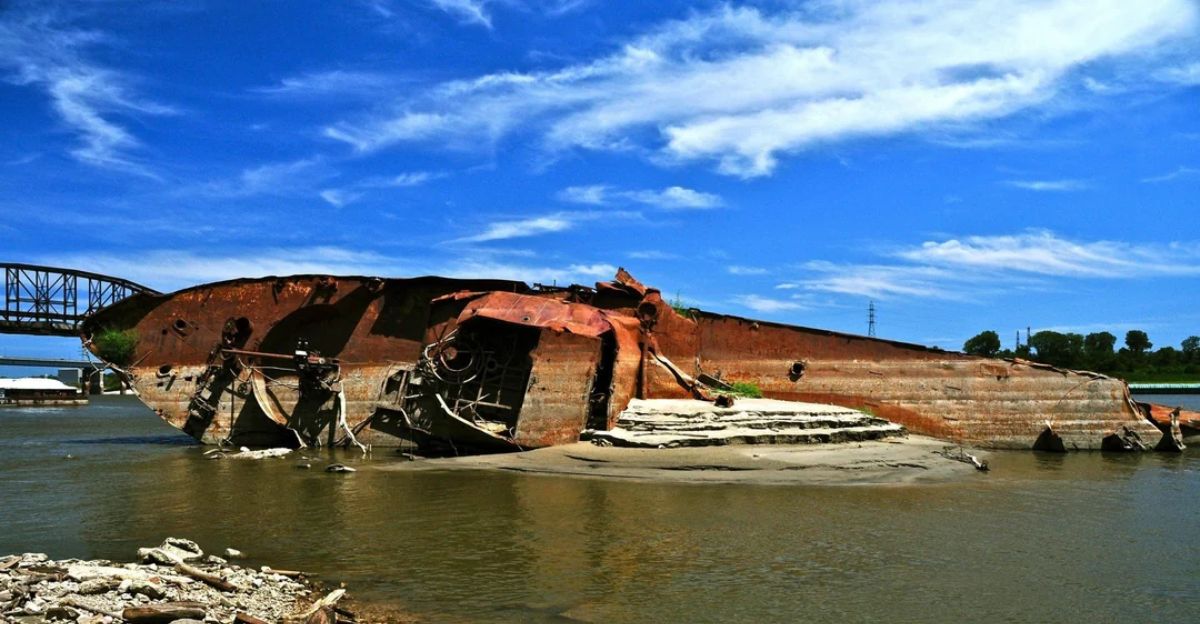
As the drought drags on, long-lost shipwrecks are emerging from the mud. The vessels, some dating back to the 19th century, were engulfed by the river in storms, accidents, or simply through neglect.
Their reappearance is stirring excitement among archaeologists and treasure hunters, but also poses questions about preservation and ownership.
Each wreck is a time capsule, revealing clues about the people who lived and worked along the Mississippi. The drought has turned the river into an open-air museum where every exposed relic offers a new chapter of America’s maritime history.
Industrial Shadows Beneath the Surface
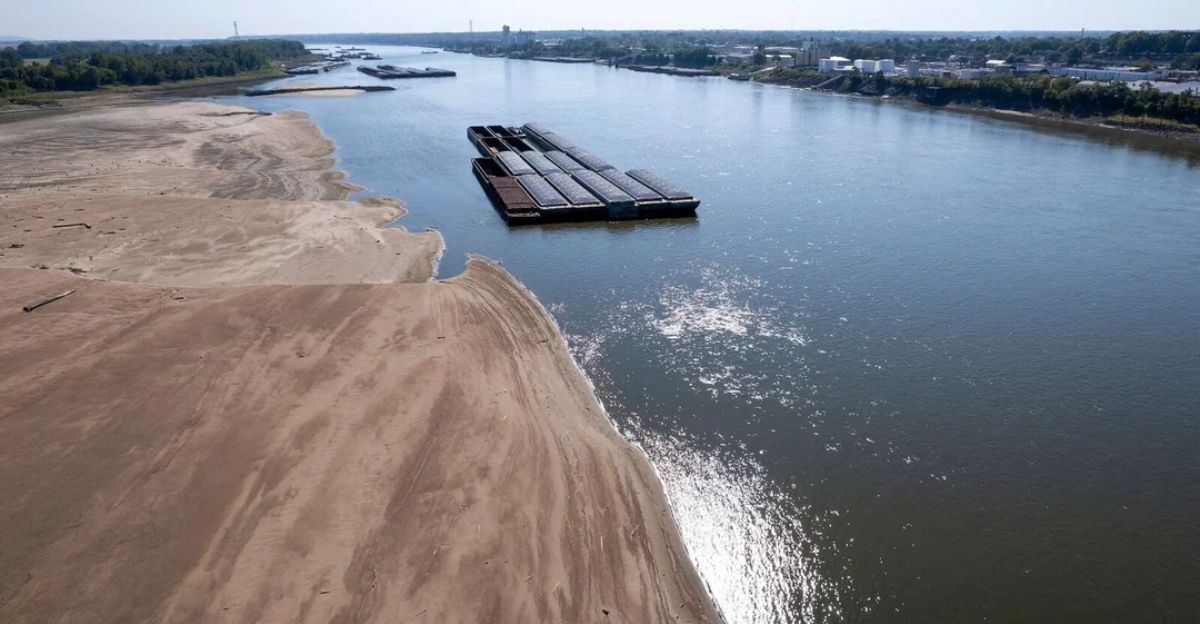
The drought has also revealed the river’s darker history as an industrial waterway. Long-submerged barrels, rusting machinery, and other remnants of past manufacturing and mining are now visible.
Some of these artifacts are innocuous, while others point to darker legacies—toxic waste, chemical residues, and pollutants that have remained undisturbed for decades.
Revelations about the storage of these materials are sounding alarms about pollution and the long-term health of the river ecosystem. The Mississippi’s drought is more than a natural disaster — it’s a reckoning with the consequences of industrial progress.
Endangered wildlife: A Fragile Ecosystem at Risk

The receding waters are having a profound impact on the river’s wildlife. Fish, frogs, and other aquatic animals are losing their habitats as pools dry up and temperatures rise. Migratory birds and other animals that depend on the river for food and shelter are also affected.
The drought is wreaking havoc on breeding cycles, driving up competition for scarce resources and threatening the survival of already vulnerable species.
These ecological changes are an important reminder of the interconnectedness of life in the Mississippi and the critical nature of conservation efforts in the wake of climate change.
The River’s Cultural Tapestry Unraveled
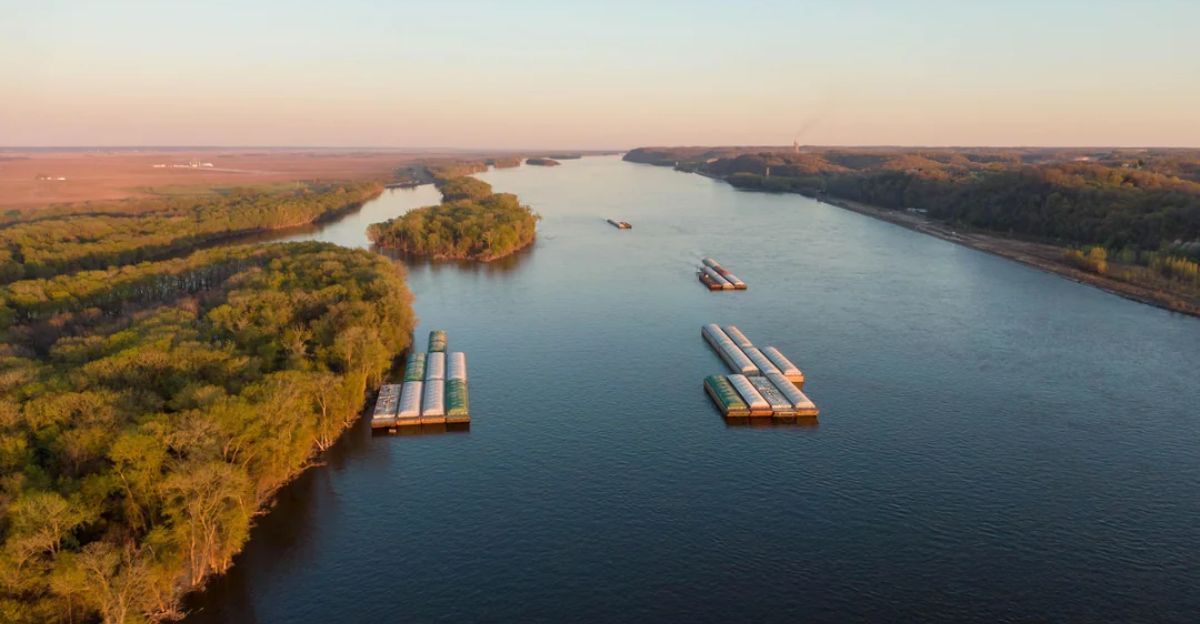
The Mississippi River is more than a waterway: it’s a cultural icon that has inspired pages of literature, verses of music, and generations of folklore. The drought is revealing artifacts and evidence that convey the river’s role in shaping American identity.
From Native American pottery to fragments of steamboat memorabilia, every piece adds to our knowledge of the area’s heritage. Indigenous tribes regard the river as a sacred entity, and its present condition is quite unsettling and thought-provoking. The drought is causing us to face not only environmental issues but also the cultural inheritance embodied by the river.
The River’s Uncertain Future as Climate Change Persists
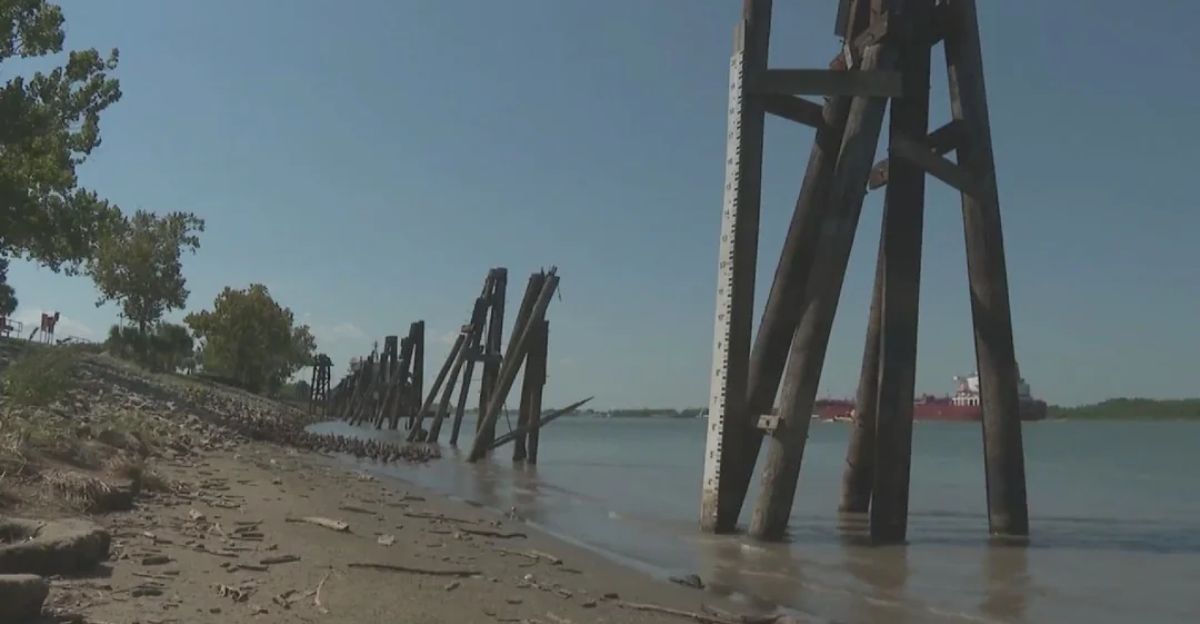
The severity of the current drought, which is far more extensive than any previously recorded, and many experts point to climate change as a contributing factor. As temperatures rise, weather patterns change, and extreme events become more common, new pressures on the Mississippi and the people who live alongside it are increasing.
The drought could just be a warning, one that signals even the world’s greatest rivers are susceptible to global environmental changes. While levels are still fluctuating, questions about long-term water management, sustainability, and adaptation are coming to the forefront of the public debate.
Tales from the Exposed Riverbed

Among the most compelling aspects of the drought are the personal stories emerging from the exposed riverbed. Locals are sharing memories of places where they fished that are no longer there, stories of a childhood landscape seen for the first time, and the eerie beauty of the landscape transformed.
These little stories humanize the crisis, taking us back to the idea that the river is not just a resource but a living part of the countless lives that make up the whole city. Drought has also provided a catalyst for reflection within the community itself, prompting discussions about resilience, memory, and the passage of time.
The Hidden Cost of Progress
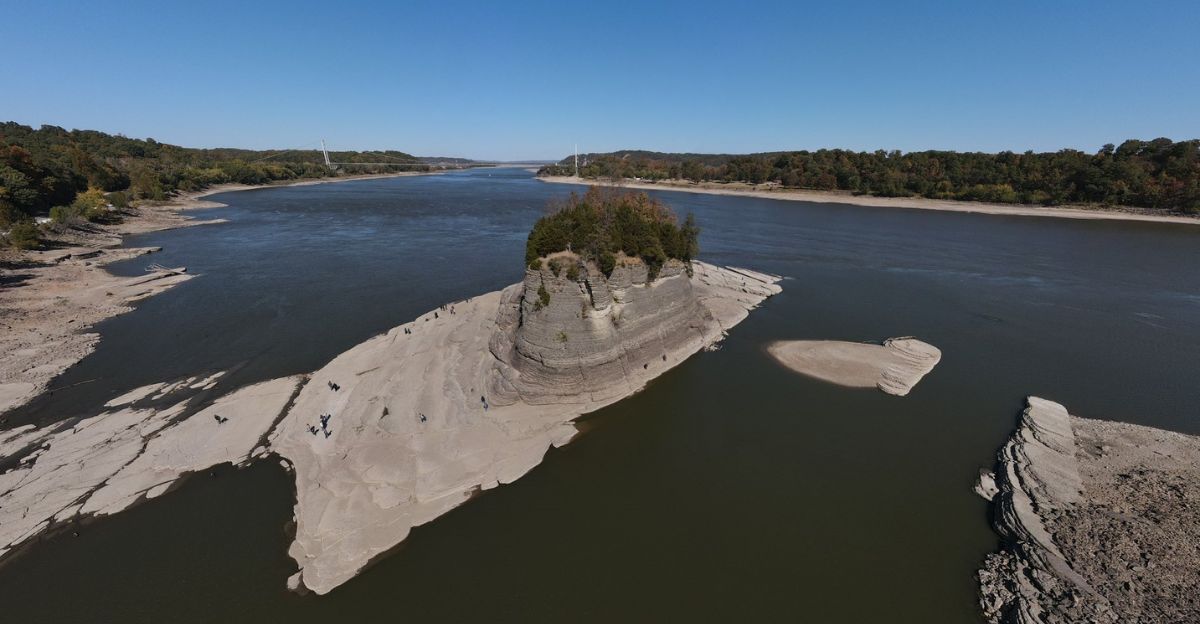
The drought has exposed not only forgotten history but also the persistent wounds of pollution. Industrial runoff, agricultural chemicals, and household waste that have built up over decades have contaminated the riverbed. Seeing plastic debris, rusted metal, and toxic sludge is a sobering reminder of humanity’s impact on the environment.
The scale of the problem and the challenges of dealing with hazardous materials complicate cleanup efforts. The drought forces society to confront the consequences of neglect and the need for more sustainable practices.
The Mississippi’s Call to Action
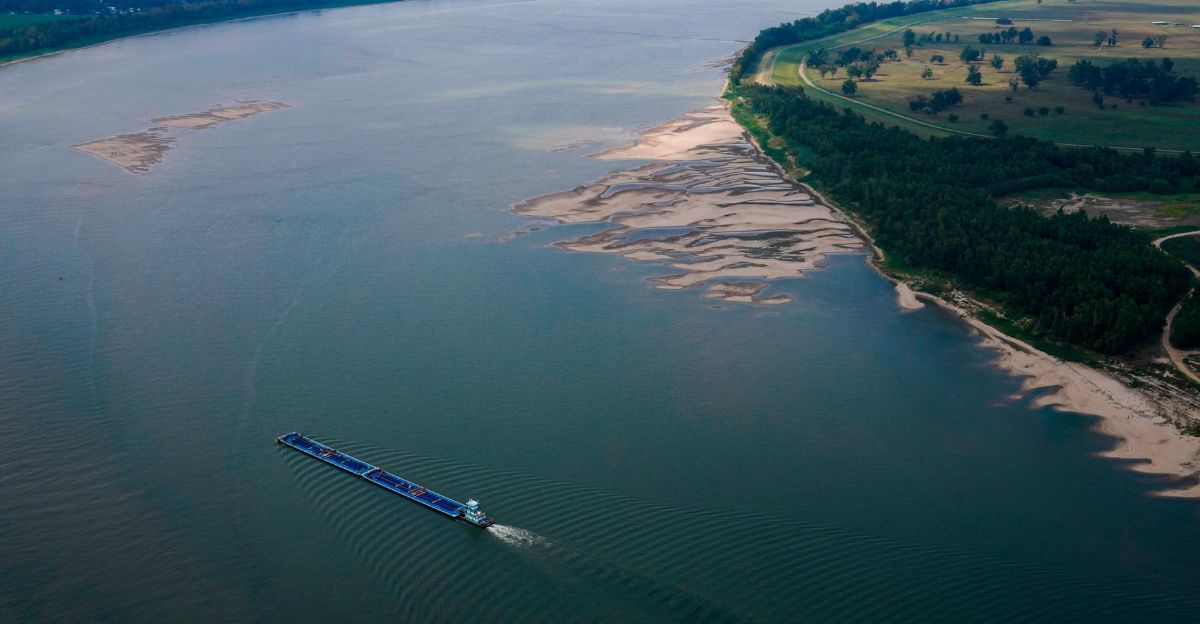
As the drought continues, the Mississippi River is sending a powerful message: We need to act now. The revelations from the riverbed are a jarring reminder to rethink our way of dealing with nature and our duty towards future generations.
Whether through better water management, more powerful environmental protections, or significantly more investment in conservation, we can make decisions now that will define the river’s future.
The drought on the Mississippi is not just a crisis; it is a chance to learn from the past and build a more resilient, sustainable future for one of America’s greatest natural treasures.
Explore more of our trending stories and hit Follow to keep them coming to your feed!

Don’t miss out on more stories like this! Hit the Follow button at the top of this article to stay updated with the latest news. Share your thoughts in the comments—we’d love to hear from you!







